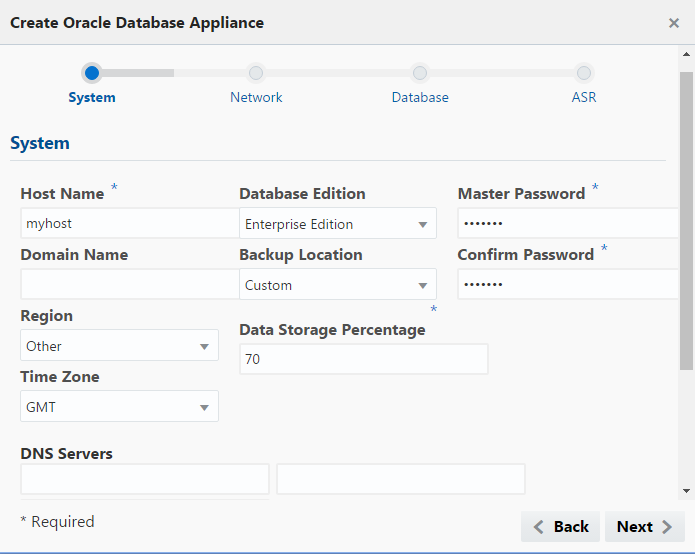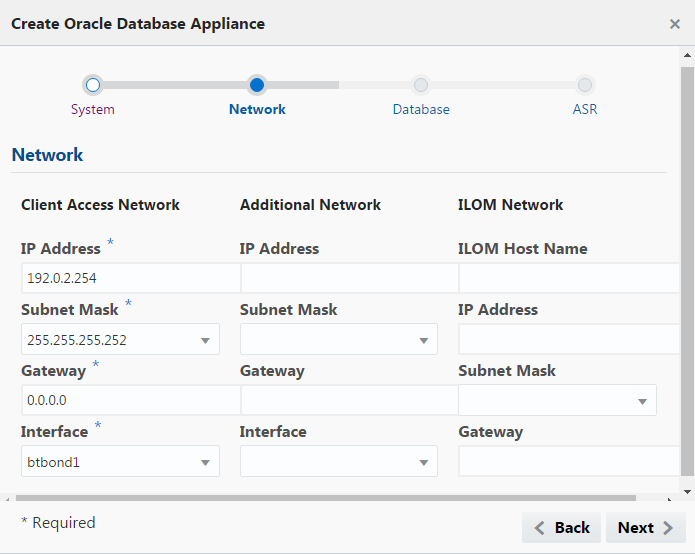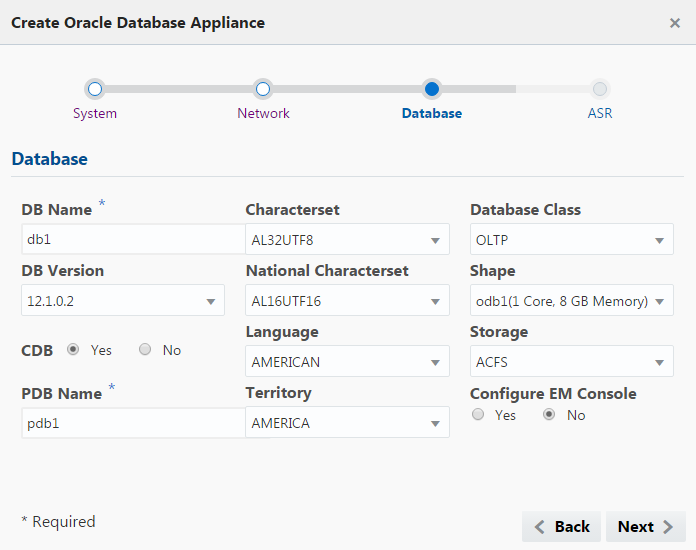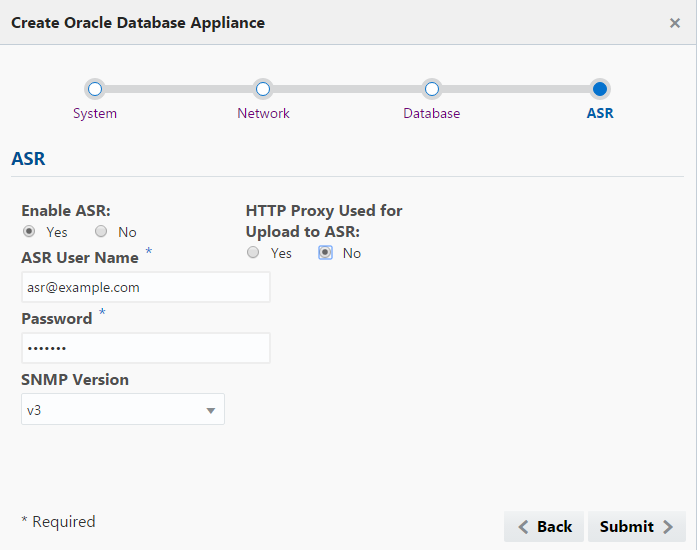4 Deploying Oracle Software on Oracle Database Appliance
This chapter describes the steps to deploy Oracle software after you have established connectivity to Oracle Database Appliance.
Topics:
- About Deploying Oracle Database Appliance Software
Review this information to understand the available deployment options. - Copy the Oracle Database Appliance Software
Copy the software bundle to the system and update the bundle to the latest version before deploying the appliance. - Deploying Oracle Database Appliance
Complete this procedure to configure the system, network, database, and Oracle Auto Service Request (Oracle ASR) and deploy the appliance.
About Deploying Oracle Database Appliance Software
Review this information to understand the available deployment options.
The procedure to deploy software consists of the following steps:
-
Copy the Oracle Database Appliance Single Instance software bundle that you downloaded earlier.
-
Update the Oracle Database Appliance image.
-
Deploy your configuration.
The Web Console is the preferred method of deploying your configuration. The Web Console provides all of the fields necessary to provision Oracle Database Appliance, including configuring the system, network, database, and Oracle Auto Service Request (ASR). If you prefer to use the command-line interface, you must create a JSON file to configure the deployment options.
Deploying Oracle Database Appliance software requires approximately 1 hour to complete.
Copy the Oracle Database Appliance Software
Copy the software bundle to the system and update the bundle to the latest version before deploying the appliance.
You must copy the Oracle Database Appliance Single Instance software bundle to the Oracle Database Appliance.
Copy the file using a Secure Copy (scp) or Secure File Transfer Protocol (sftp) protocol. To use scp or sftp, you must first set up a static IP address (for example. oda_host) and configure Oracle Database Appliance with that address by using the configure firstnet command. This command ensures the system is available in your network, enabling you to use the Oracle Appliance Manager Web Console to deploy Oracle Database Appliance.
Alternatively, you can use a USB storage device. To use a USB drive to transfer the file, you must format it first as FAT32, ext3, or ext4. NTFS file formats are not supported.
Deploying Oracle Database Appliance
Complete this procedure to configure the system, network, database, and Oracle Auto Service Request (Oracle ASR) and deploy the appliance.
Launch the Web Console to complete the following configuration steps to deploy Oracle Database Appliance:
-
Configure the system
-
Configure the client access network
-
(Optional) Configure an additional network and an Oracle ILOM network
-
Configure a database
-
(Optional) Configure Oracle ASR
Use the checklists that you completed earlier as a reference for the configuration settings needed to deploy the appliance.
After deployment, the root, oracle, grid and database users SYS, SYSTEM and PDBADMIN are set to the master password. Change these passwords to comply with your user security protocols.



